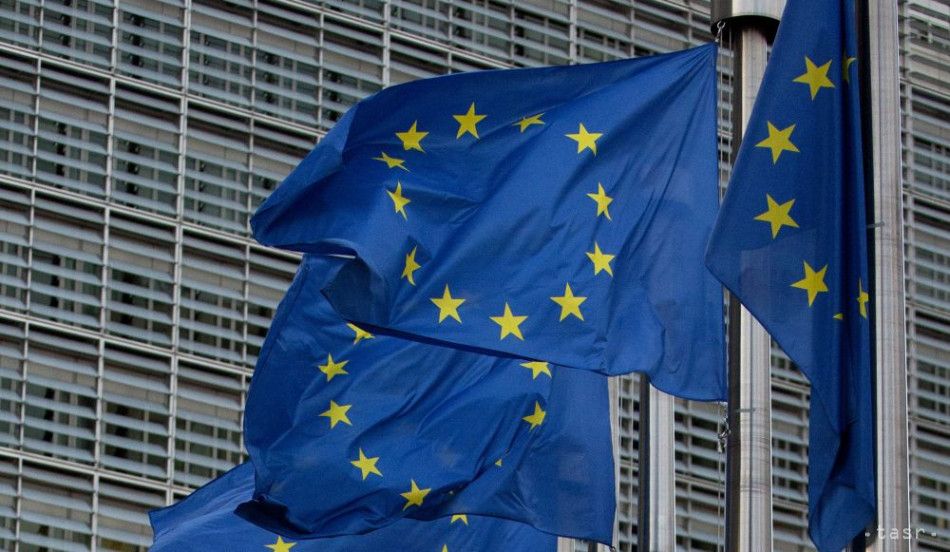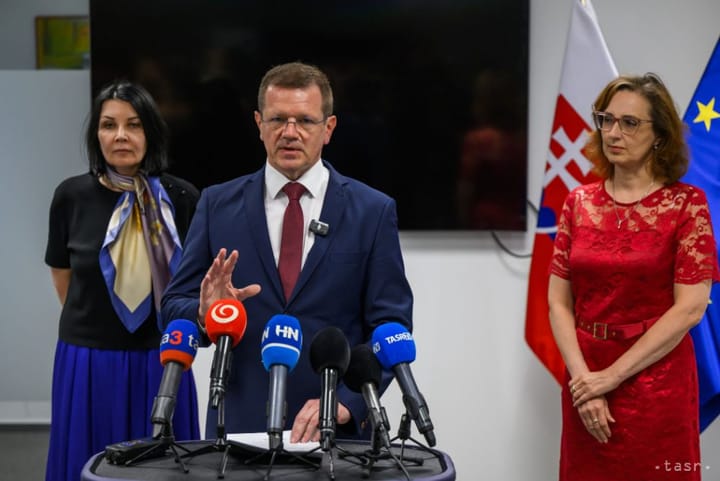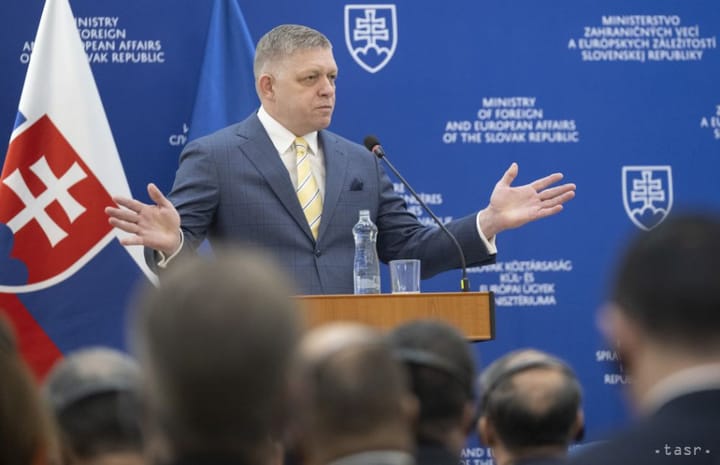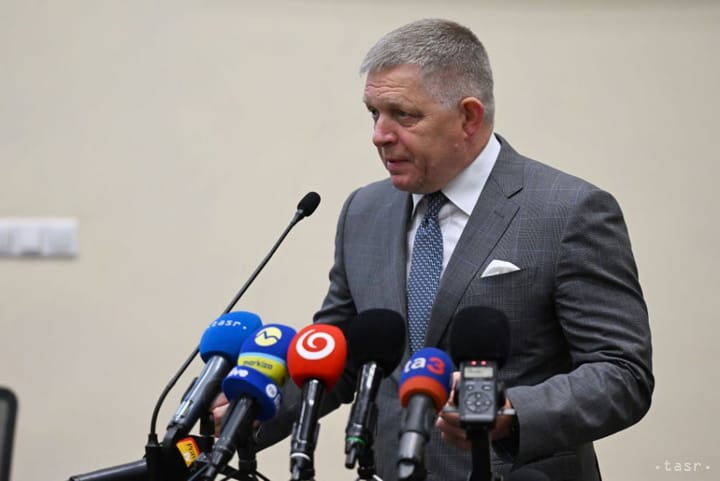Conference on Future of Europe Plenary Has 449 Members

Brussels, November 30 (TASR-correspondent) – The Conference on the Future of Europe (CoFoE) Plenary with 449 members is composed in such a way that all its components – EU institutions, the executive and the legislative powers, representatives of local and regional authorities, but also the citizens themselves – can be involved in the debate on the future direction of Europe.
The role of the plenary sessions is to discuss the proposals that emerge from the citizens’ panels, as well as the most popular ideas presented on the multilingual digital platform futureu.europa.eu.
The plenary will finally adopt conclusions, which will be included in the final report prepared by the CoFoE Executive Board. The report will be addressed to the three main EU institutions: the European Parliament, the Council of the EU and the European Commission. Presidents of these institutions have undertaken to adhere to the CoFoE recommendations within the limits of their powers and in compliance with the principles of subsidiarity and proportionality.
The CoFoE Plenary is composed of 108 representatives from the European Parliament, 108 representatives from all national parliaments on an equal footing, 54 from the Council of the EU (two per member state) and three vice-chairs of the European Commission.
The European Commission’s chief advisory bodies have their people there, too: 18 representatives from the Committee of the Regions and 18 from the Economic and Social Committee.
The members of official EU institutions and authorities are completed with 108 representatives of citizens. Eighty members come from the four big discussion panels, 27 from national Citizens’ Panels or Conference events (one per member state) and the citizen group also includes the President of the European Youth Forum (YFJ) Silja Markkula.
Prior to the plenary, the European Parliament decided on the number of members for each faction in the EP according to their proportional representation in the EU law-making body.
The highest number of delegates is from the European People’s Party (EPP) – 28. The faction of Socialists and Democrats (S&D) is second with 23 delegates. Liberal MEPs from the Renew Europe (RE) faction are third with 15 delegates. Then comes the eurosceptic faction Identity and Democracy (ID) and the pro-European faction Greens/European Free Alliance (EFA) with 11 delegates each.
These are followed by MEPs from smaller political factions: European Conservatives and Reformists (ECR) with nine delegates, Confederal Group of the European United Left – Nordic Green Left (GUE/NGL) with six delegates and the Independents with five delegates.
The plenary includes nine working groups dealing with the following issues:
– climate change and the environment;
– health;
– a stronger economy, social justice and jobs;
– the EU’s role in the world;
– values and rights, rule of law, security;
– digital transformation;
– European democracy;
– migration



